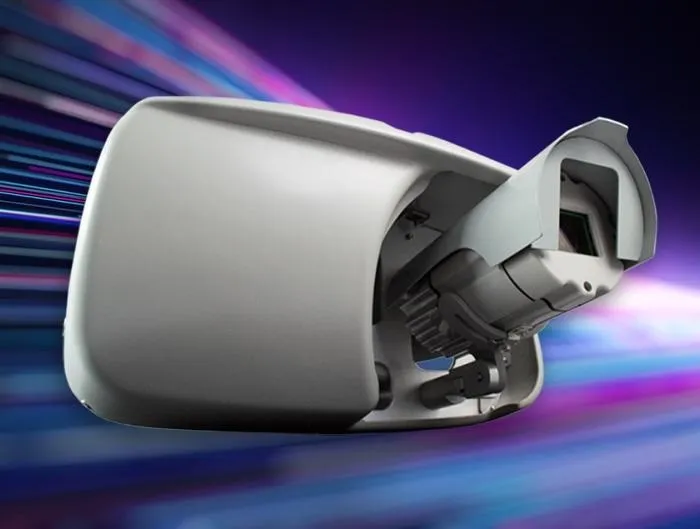
According to the company, the new feature enhances bicycle detection capability and adds the ability to differentiate between bicycles and motorised vehicles as they approach the junction. A significant advantage is that it doesn’t require additional roadway markings, product purchases, equipment installations or maintenance.
"The Autoscope Cyclescope feature can not only detect but also differentiate bicycles made of any material on any approaching lane at no additional cost,” said Greg McKhann, General Manager – Traffic Management at Image Sensing Systems. “Bicycle safety is a growing concern and requirement of many cities and municipalities.”
The Cyclescope feature allows traffic engineers to offer bicycle timings in their traffic control strategy with minimal changes to the junction control configuration, without having to make changes to the traffic controller.
Agencies can configure the data collection to help them demonstrate the success of their bicycle-friendly programmes.
Image Sensing Systems says Cyclescope is available in many Autoscope technology products including Autoscope Pn-520, Autoscope Pn-500 detector cards, Autoscope Encore, Autoscope Duo, Autoscope Solo models and Autoscope RackVision Terra and can be easily implemented into current installations.








